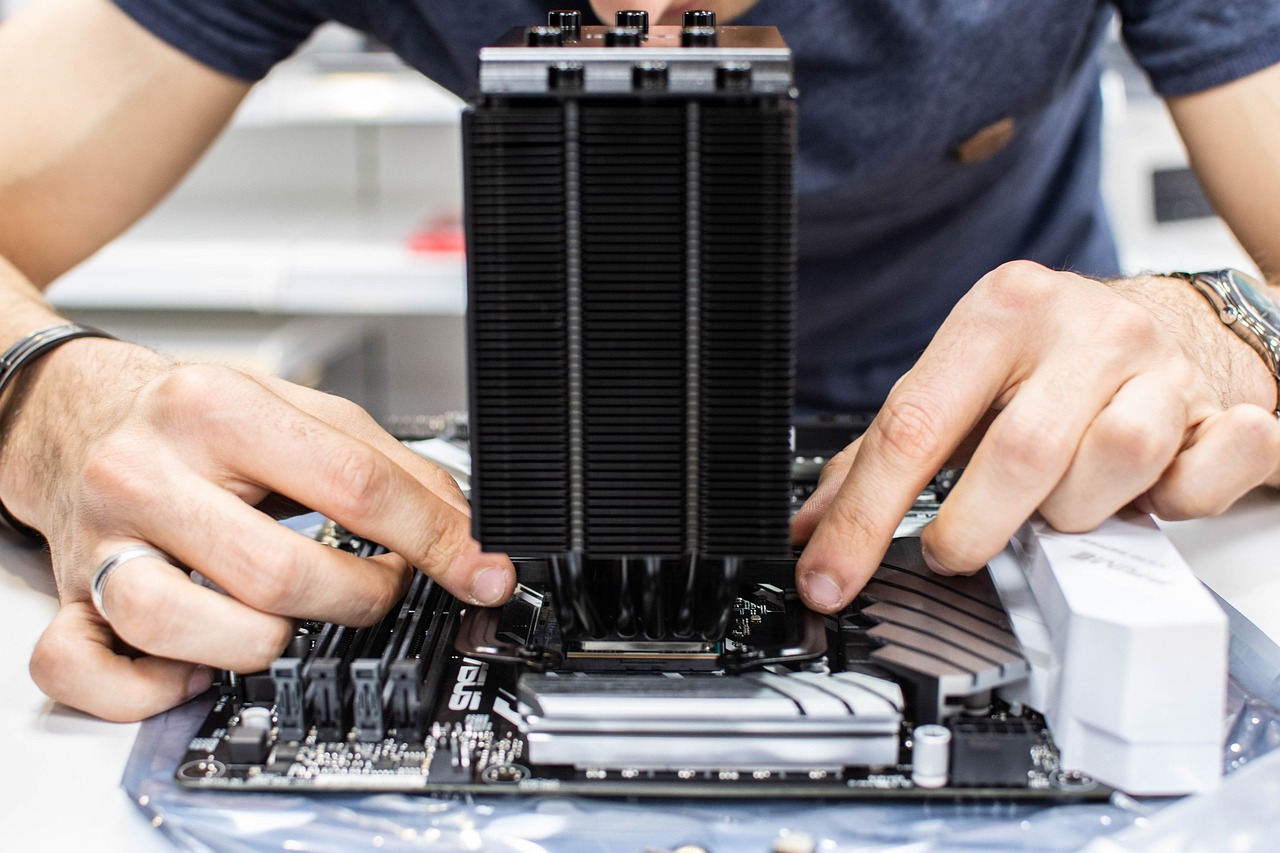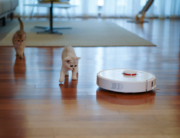Home / Handy Tips /
Building your own PC to your specifications sounds exciting, but it can also be a complicated task. There’s a lot to consider and everything needs to be just right to complete a successful build.
This article highlights the most common PC build mistakes people make.
- Choosing the wrong power supply
- Choosing incompatible PC components
- Incorrectly installing the motherboard
- Failing to install the I/O shield
- Not performing pre-assembly testing known as breadboarding
- Incorrect cooling fan installation
- Forgetting to remove protective covers from components
- Incorrect CPU installation
- Plugging cables into the wrong ports
- Installing RAM sticks in the wrong slots
Read on to discover just what these common mistakes are, so you can avoid making them yourself. As you learn what to do and what to avoid, you’ll find you’ll enjoy the process of putting together a custom-built PC.
1. Choosing the wrong power supply
This is one of the most common mistakes both novice and even experienced PC builders make. The power supply has to be robust enough to handle the demands placed upon it by the components you install and run.
Opting for a PSU that’s both cheap and low-quality is something you should avoid. The power supply is the lifeblood of any PC. Choose carefully and don’t scrimp.
Estimate how much wattage you’ll need and buy a PSU with a slightly higher rating. This ensures you’ll have enough power for smooth and consistent operation.
2. Choosing incompatible PC components
Like anything electronic, parts compatibility is vital. Incompatible components lead to your PC either not functioning correctly, or over-sized parts blocking the motherboard slots for other components.
An example of parts incompatibility is choosing a bulky CPU cooler, which often overlaps the RAM slots. Another common issue is choosing the wrong CPU for your motherboard type.
If you’re unsure about parts compatibility, let Computer Cures build your PC.
3. Incorrectly installing the motherboard
Incorrect installation of the system’s motherboard can lead to overheating, short circuits, and possible electrocution. You’ll find your PC case has all the screw holes necessary for correct motherboard installation, but one thing you cannot forget to do is install the motherboard stand-offs.
These are risers that ensure your motherboard is not sitting flat against the PC case, giving it some space and air. Stand-offs guarantee that everything functions correctly and safely.
4. Failing to install the I/O shield
What is an I/O shield? It’s a removable thin metal plate on the back of the PC that provides a casing for all the outputs and inputs. You need to insert the I/O shields before installing the motherboard or other components. If you fail to remember this very important step, you’ll have to disassemble your entire PC build to put it in.
5. Not performing pre-assembly testing known as breadboarding
Before starting your PC, it’s wise to run checks on all the components you’ll install. This process is commonly referred to as breadboarding. It allows you to perform compatibility checks, as well as checking for dead on arrival (DOA) parts.
Breadboarding is an important step in the PC building process and something you shouldn’t skip. It’s much easier to swap out a dead or incompatible part with pre-assembly checks, rather than disassembling a fully built computer. It ensures a successful build, and saves you time and effort.
6. Incorrect cooling fan installation
Some people make the mistake of installing the fans the wrong way around. Meaning, the airflow travels in the opposite direction to what it needs to. Incorrectly installed fans fail to cool vital components, and will instead cause overheating, freezing and possible system shutdown. The purpose of cooling fans is to extract the hot air from inside the PC, not spread hot air internally.
Another problem that incorrect fan installation causes is dust buildup. Dust is unsightly, can cause overheating, and can even be a potential fire hazard.
7. Forgetting to remove protective covers from components
It’s important to remove all protective covers and film from PC components before installing them. For instance, the underside of a CPU cooler will have plastic film on it. If you fail to remove it, the CPU will experience extreme temperatures. Check RAM sticks and GPUs for protective film as well.
Failure to remove the protective film from the case and other visible components also detracts from the aesthetics of your new PC. Make a habit of inspecting every single component for protective covering before installation.
8. Incorrect CPU installation
The CPU is one of the most critical components in a PC and it can also be one of the trickiest to install. If done incorrectly and with force, you risk damaging or snapping the pins. Before attempting to install the CPU, first match the markings on one corner of the CPU with the same markings on the motherboard. These markings are there to guarantee correct CPU installation.
9. Plugging cables into the wrong ports
It’s a common mistake that’s easy to make, but also one you can easily avoid. The first thing to do is check the manual for each cable to ensure you’re plugging it into the right port. Plugging connectors into the wrong locations can cause damage or system failure.
10. Installing RAM sticks in the wrong slots
To enhance system performance on motherboards with 4 RAM slots, insert the memory sticks into slots 2 and 4 if you’re installing only two RAM modules. Dual RAM sticks should never be in slots 1 and 2, but rather you should always space them apart. While this is irrelevant if you plan to install four memory sticks, it’s important to ensure you install matching modules in the same bank or channel.
Let’s build your custom PC the right way
If you’re not skilled or confident enough to build your own PC, or you’re experiencing issues with your PC build, Computer Cures is here to help. We can custom-build your PC for you, to your specifications. Contact us today to discuss your project and to receive a quote.









Leave A Comment